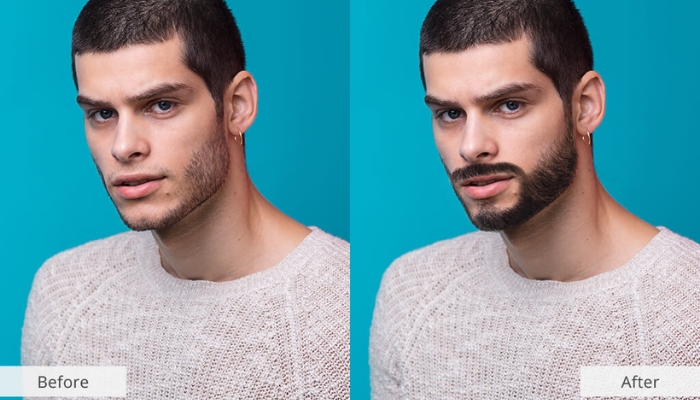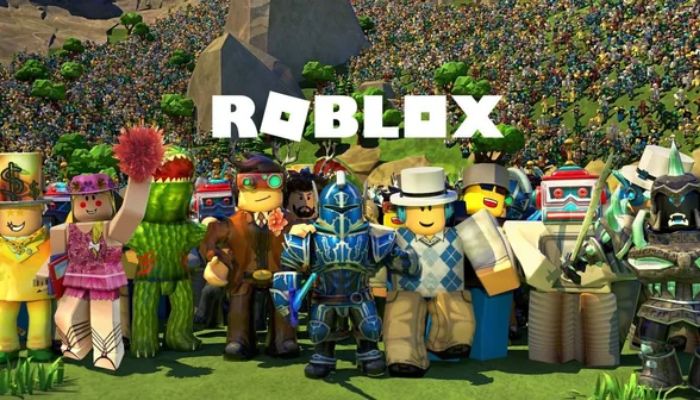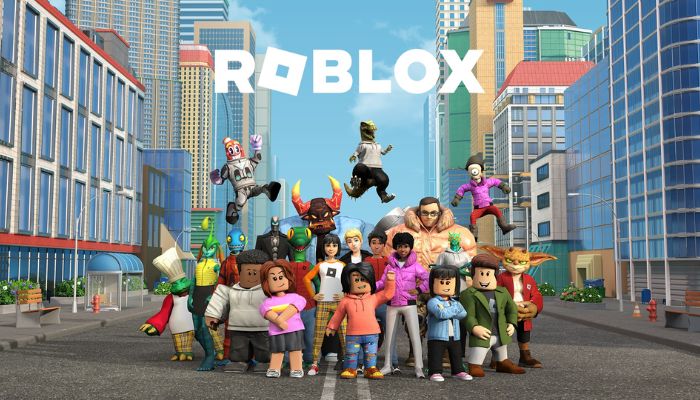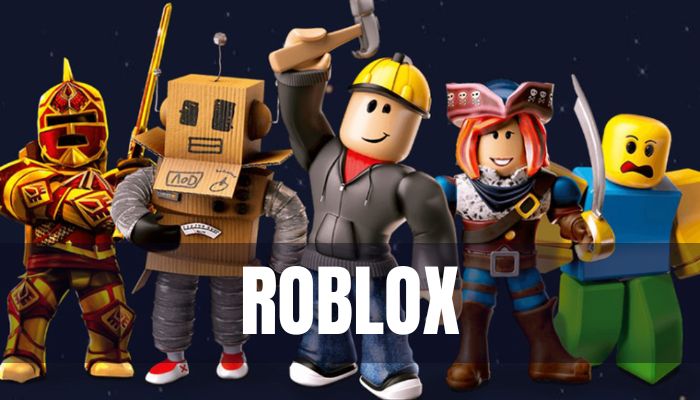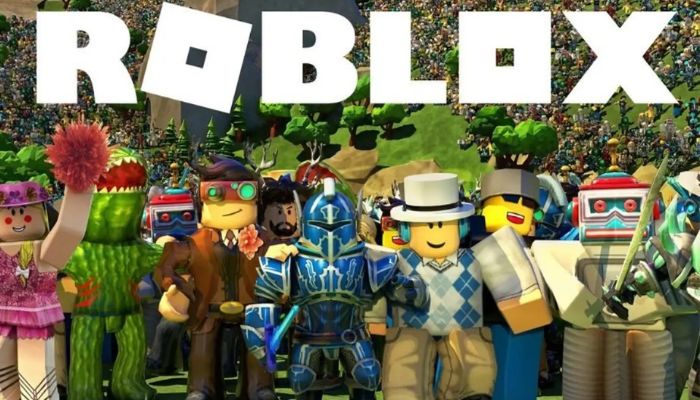See What Your Future Child Might Look Like with This Fun App
Anúncios
Curiosity about what a future child’s face will look like is something that many couples, family members, or even those who just like to have fun with creative simulations are naturally curious about. With advances in technology, it is now possible to satisfy this curiosity with the help of apps that project, based on photos of the parents, a prediction of the child’s face.
These apps use artificial intelligence and facial morphing techniques to generate realistic-looking images, matching features and proportions. The results are often surprising and fun, and can even help couples visualize possible future genetic similarities.
Anúncios
If you are curious to see what your child will look like or just want to play around with the possibilities, this content will show you the best apps for this, how they work, the main precautions to take when using them and whether they are really worth it. Keep reading and find out.
What is an app to see what your child will look like ?
An app to see what your child will look like is an AI-based tool that analyzes two photos — usually of the parents — and creates a simulated image of what the baby’s face would look like. The system cross-references facial features and applies genetic filters to generate a portrait with a childlike appearance.
Anúncios
The technology doesn’t offer a scientific or exact result, but it does provide a very engaging visual estimate. Many of these apps even allow for age, gender, and style adjustments, increasing the possibilities for personalization.
Check out the 3 best apps to see what your child will be like
- There are several options on the market today, but some stand out for their visual fidelity, usability, and extra features. Check out the three most recommended apps below to predict what your child will look like with fun and realistic images:
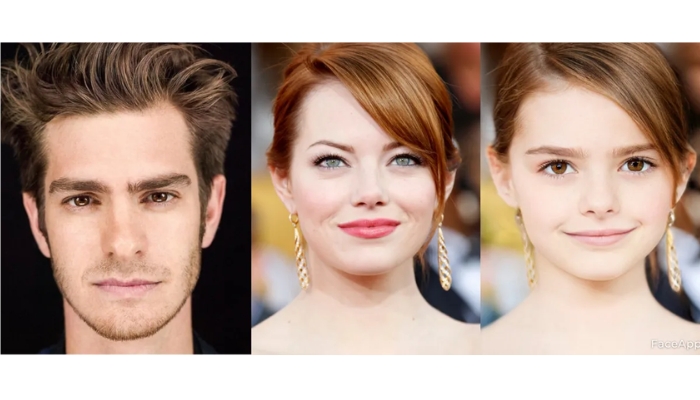
- BabyMaker & Future Baby Generator (Luxand) : One of the most popular, it combines advanced algorithms with an extremely convincing visual. PLAY STORE – APPLE STORE
- Future Baby Generator – Face Maker : Intuitive interface, allows you to generate different versions of the baby and compare the results. PLAY STORE – APPLE STORE
- Make A Baby: Future Face Maker : Focuses on entertainment with realistic touches, great for those looking for light fun and creative looks. PLAY STORE – APPLE STORE
These apps offer good simulations and a pleasant experience for those who want to imagine the future with a touch of technology.
Main benefits of using an app to see what your child will be like
Facial simulators designed to predict the face of a future child provide a fun and engaging experience. They stimulate the imagination and promote moments of connection between couples, family and friends, making the experience unique and affectionate.
Additionally, the apps help visualize the possibilities of genetic traits, encouraging healthy conversations and games. They are ideal for both couples planning to have children and curious people who like to explore the power of AI in a light and fun way.
How do apps to see what your child will look like work ?
These apps work based on artificial intelligence algorithms that combine features from the parents’ images to create a child’s portrait. As an example, we’ll use BabyMaker & Future Baby Generator , one of the most realistic and well-rated in its category.
Step by step using the BabyMaker & Future Baby Generator app:
- Download the “BabyMaker & Future Baby Generator” app from the App Store or Google Play and open it on your phone.
- Select or take a clear photo of yourself and the desired person , from the front and with good lighting.
- Upload both images to the app , choosing the baby’s gender if you want to further personalize the result.
- Wait for the automatic simulation , while the app matches the features and processes the facial prediction.
- View and save the result , and you can share it with friends, save it to your gallery or generate new versions for comparison.
This process is simple, fun and can bring moments of joy and emotion, even though it is just an imaginary projection.
How accurate are the apps to see what your child will be like ?
The accuracy of these apps is relative and should be interpreted as entertainment. Although they use sophisticated artificial intelligence, they do not take into account factors such as recessive genetics, complex biological inheritance or detailed hereditary characteristics.
However, the visual quality of the simulations is impressive and, in many cases, produces results with plausible similarities. These apps are perfect for generating expectations and stimulating the imagination in a light and technological way.
Essential precautions when using apps to see what your child will look like
Although fun, these apps require some care when using them, especially because they involve sending personal photos. It is essential to value your privacy and choose reliable apps that do not store images without authorization.
5 important tips for using safely and responsibly:
- Read the app’s privacy policy to understand how your images will be used.
- Avoid sending sensitive or intimate photos , even if the app seems safe.
- Use clear, sharp, front-on images for best simulation results.
- Check the reputation of the developer before installing any unknown application.
- Be wary of apps that request access to unnecessary data , such as location or contacts.
By following these guidelines, you can enjoy the game without putting your digital security at risk.
Are apps to see what your child will look like worth it? Final considerations
Yes, apps to see what your child will look like are worth it — especially if the goal is entertainment, bonding with your partner, or simply satisfying curiosity. They offer a fun visual preview and can serve as a bridge to deeper conversations about the future.
However, it is essential to understand that this is an artistic simulation and not a real genetic prediction. When used lightly and consciously, these apps become allies when it comes to imagining — and being enchanted by — what the future may bring.
